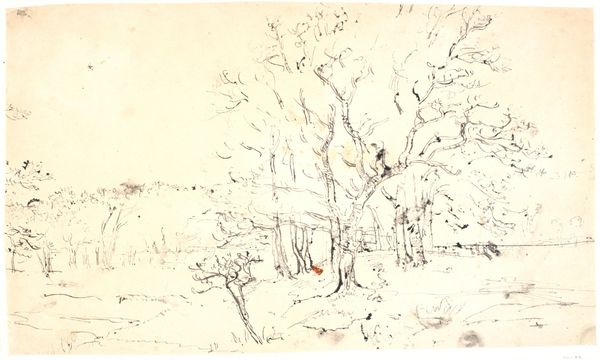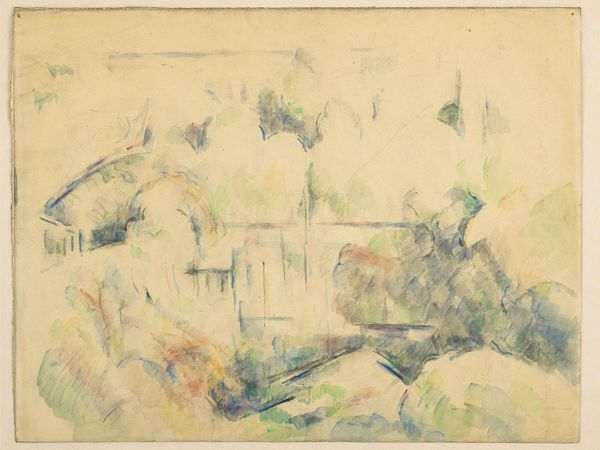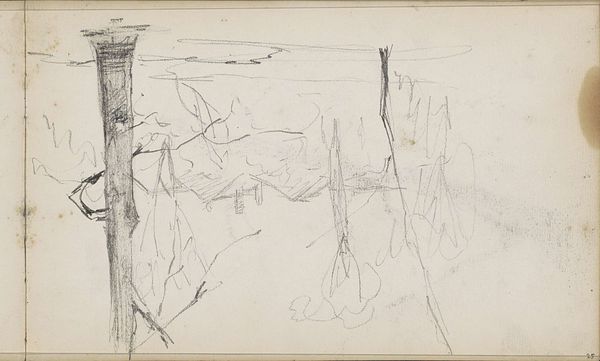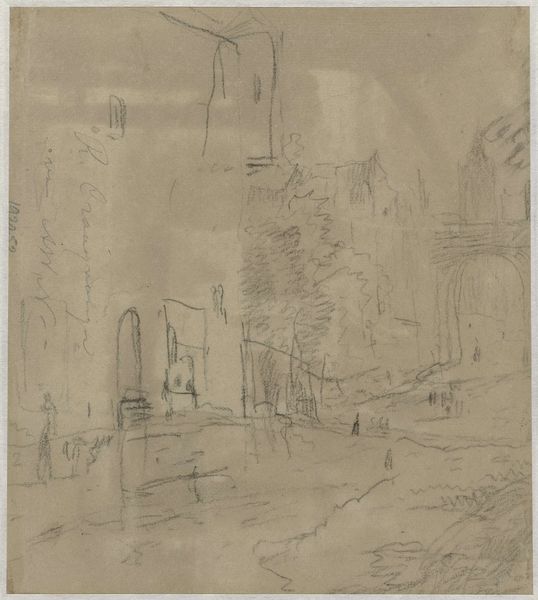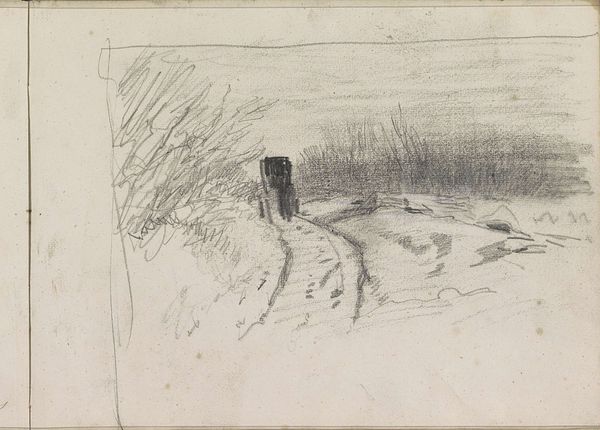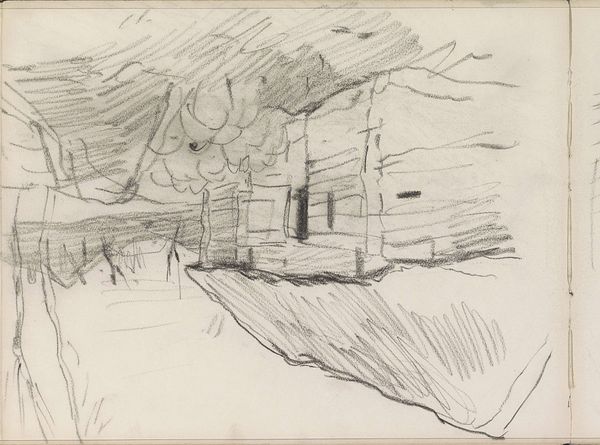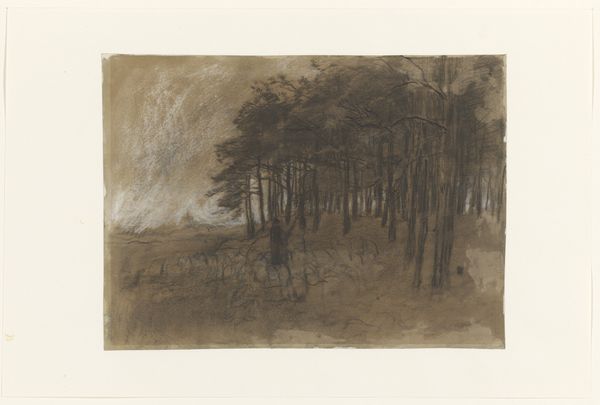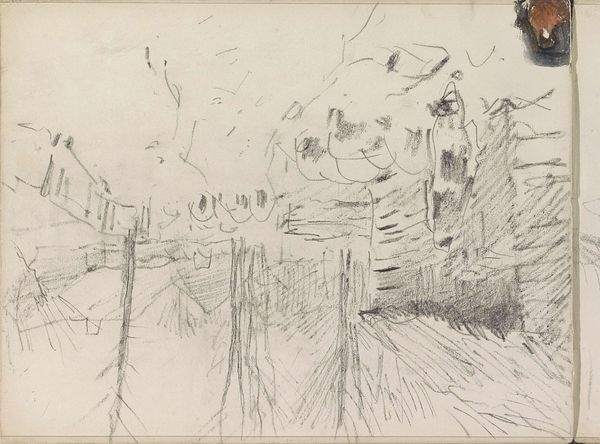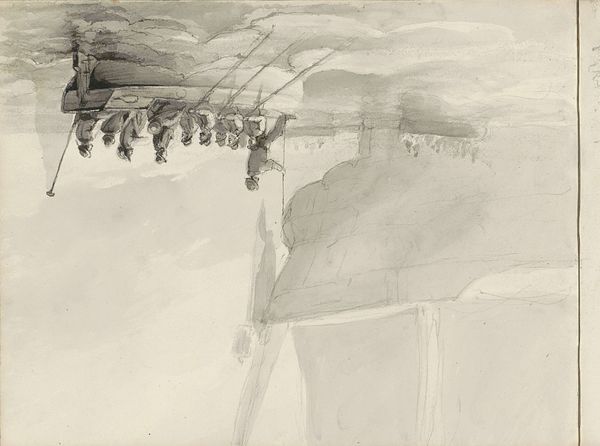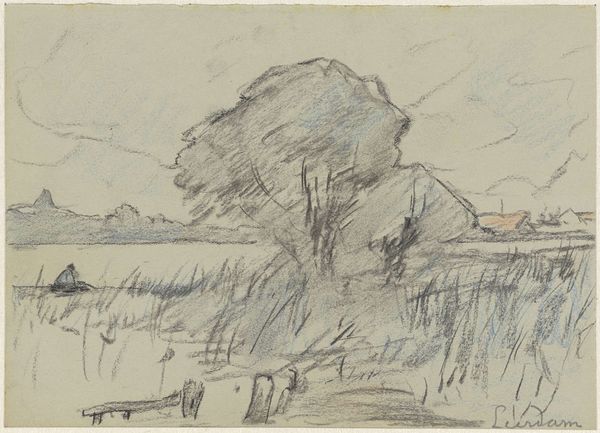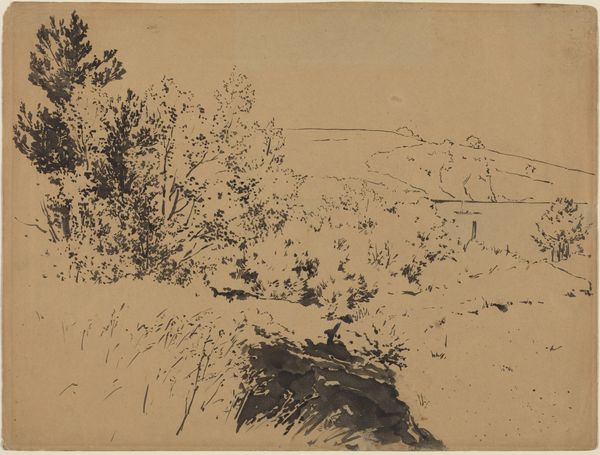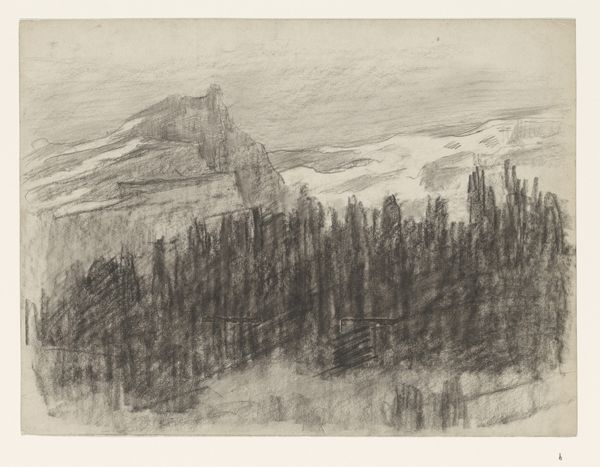![Ruins of a Fortified Tower among Wooded Hills [recto] by Friedrich Salathé](/_next/image?url=https%3A%2F%2Fd2w8kbdekdi1gv.cloudfront.net%2FeyJidWNrZXQiOiAiYXJ0ZXJhLWltYWdlcy1idWNrZXQiLCAia2V5IjogImFydHdvcmtzLzNjMzU1NjBjLThiYTEtNDBhNy1iMTkyLTUyOTg3MmZmZmEzOC8zYzM1NTYwYy04YmExLTQwYTctYjE5Mi01Mjk4NzJmZmZhMzhfZnVsbC5qcGciLCAiZWRpdHMiOiB7InJlc2l6ZSI6IHsid2lkdGgiOiAxOTIwLCAiaGVpZ2h0IjogMTkyMCwgImZpdCI6ICJpbnNpZGUifX19&w=3840&q=75)
Ruins of a Fortified Tower among Wooded Hills [recto] 1816 - 1821
0:00
0:00
drawing, watercolor, pencil
#
drawing
#
landscape
#
watercolor
#
romanticism
#
pencil
#
history-painting
Dimensions: overall: 30.1 x 41.4 cm (11 7/8 x 16 5/16 in.)
Copyright: National Gallery of Art: CC0 1.0
Friedrich Salathé made this drawing of a ruin with pencil and watercolor in the early 19th century. Salathé lived through a period of significant political upheaval in Europe. The rise and fall of the Napoleonic Empire, the reshaping of national borders, and the stirrings of revolutionary movements mark this era. The image portrays a dilapidated tower overtaken by nature, suggesting themes of time, decay, and the transience of human power. This aesthetic reflects a broader cultural interest in the sublime and the picturesque, ideas popularized by Romanticism, a movement that challenged Enlightenment ideals. Romanticism valued emotion, intuition, and the individual experience. Consider the image of the ruin itself. Whose tower was this? Who built it, and who defended it? The ruin speaks to the countless stories of conflict and change. Ruins invite a personal and emotional engagement with history. They can be a place for reflection on both personal and collective memory.
Comments
No comments
Be the first to comment and join the conversation on the ultimate creative platform.
